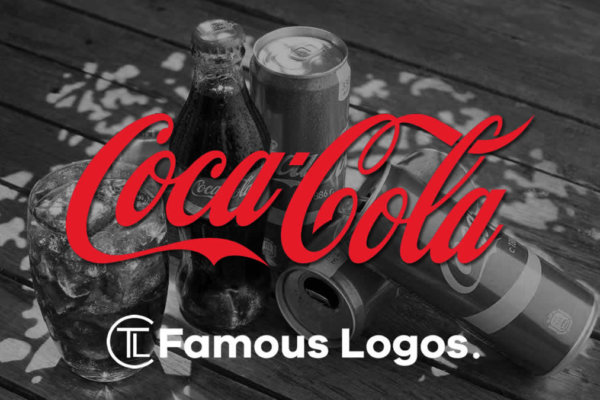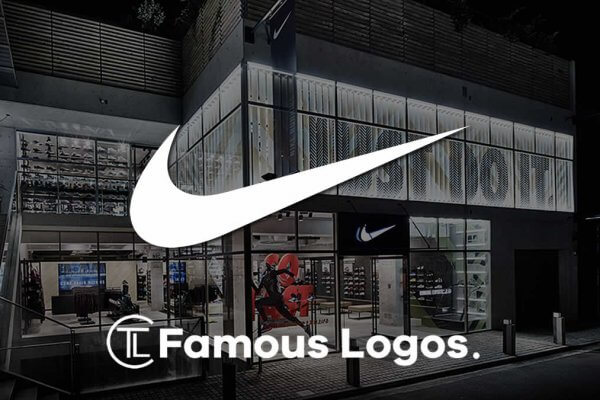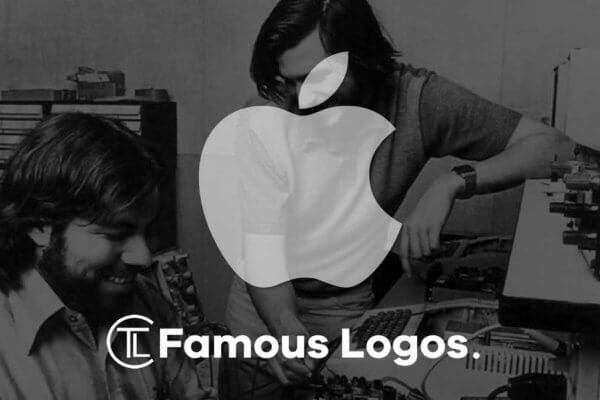Famous Logos History & Evolution and Stories of Iconic Brands
There's a good chance that you have already encountered the better part of the logos represented in this section. Brands like Nike, Apple, Shell, Coca-Cola and McDonald's are widely and constantly encountered in everyday life, and their logos are embedded in our collective memories. These logos seem to have been around for as long as we can remember. We grew up with them and they became part of our culture, our design context. These icons offer us comforting reassurance in this quickly changing visual world.
But where do these logos come from? What are their background stories, who designed them, and have they always looked like this? After all, why would they change in the first place? Why would companies invest so much energy and money in that transformation? Changing a major international brand is a multi-million-pound operation.
Famous Logo Evolution
Despite the cost, logos do evolve. People change during the course of their lives, and so do companies, as well as their brands and logos. From humble beginnings, ambitions soar sky-high. In early years, companies might easily follow fashion styles to attain the image they desire, but they will settle down eventually. They engage in new relationships and want to look their best on the happiest day of their lives.
The result is a burgeoning family of companies and brands. Some plead irreconcilable differences, separate and merge with a new partner. When mid-life crisis strikes, they simply get a facelift and dress to suit their new age - although it's not always an improvement. And then they grow old gracefully, turn 100 or more, and achieve a respectable old age, which is always a good opportunity to shine again. Companies, their brands and their logos will always be fine-tuning their appearance to stay relevant. They cannot afford not to because there are always others waiting to take their positions in the spotlight.
The objective of this famous logos section is to collect an interesting mixture of logo histories of well-known international companies and brands to gain a better understanding of the reasons why logos look the way they do. In most cases, there was a distinct point in time, very early on or much later in their logo lives, at which a decisive design solution was made that has defined all future designs.
Can you imagine a future Nike logo without the swoosh symbol? Or Michelin not using the Michelin man? When asked about the key to good design, Paul Rand described it in 1961 as "taking the essence of something that is already there and enhancing its meaning by putting it into a form everyone can identify with."
Frequently Asked Questions about Famous Logos
A logo becomes famous when it successfully represents a brand, stands out in the market, and becomes instantly recognizable to the public. This often happens due to consistent use, strong brand identity, and sometimes a memorable design element or hidden meaning.
Hidden meanings in logos create intrigue and add depth to a brand’s identity. They make the logo memorable and often communicate a brand’s values, story, or purpose in a subtle way, which can help audiences connect more deeply with the brand.
Some of the world’s most famous logos include those of brands like Apple, Nike, Coca-Cola, McDonald's, and FedEx. These logos are known globally and are iconic due to their simple, memorable designs and widespread visibility.
Many famous logos have gone through redesigns to stay relevant, simplify their look, or align with new brand strategies. For example, the Apple logo has evolved from a detailed design to the minimalist, iconic apple shape we see today, while brands like Pepsi and Shell have modernized their logos to adapt to changing trends.
Yes, many famous logos use color strategically to convey certain emotions or attributes. For instance, red is often associated with excitement and is used by brands like Coca-Cola, while blue signifies trust and is used by brands like Facebook and Ford.
No, famous logos are protected by trademark laws, and using elements from them in your own design could lead to legal issues. However, you can draw inspiration from their design techniques, like simplicity, color use, and symbolism, to create a unique logo for your brand.
Simple logos are easy to remember, versatile across media, and timeless. Brands like Nike, Apple, and Google have simple logos that leave a lasting impression and are instantly recognizable, contributing to their fame.
Not necessarily. Some famous logos, like the Nike swoosh, were created at a low cost, while others involve significant investment. What makes a logo famous is not its cost but how well it represents the brand and resonates with the audience.








